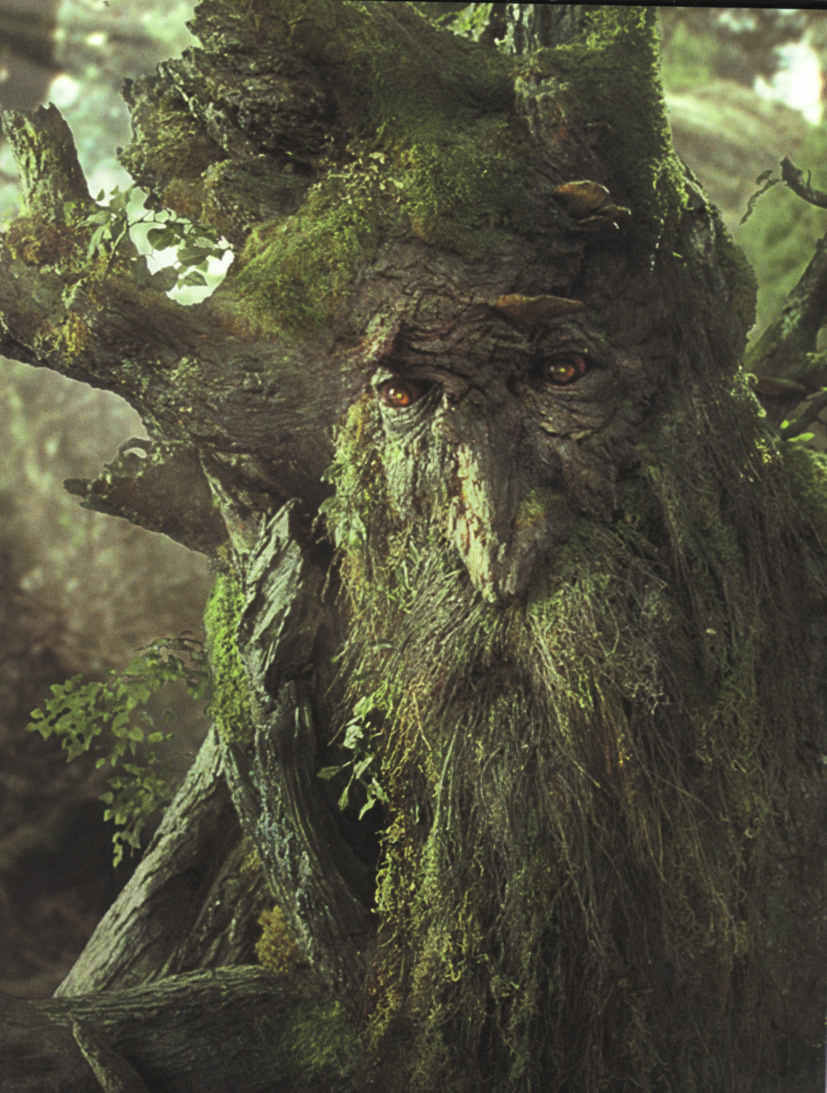Difference between revisions of "The Elder Gods"
Jump to navigation
Jump to search
(Pushed from realm.) |
(Pushed from realm.) |
||
| Line 1: | Line 1: | ||
[[File:oakentree.jpg|thumb|right|400px|Oakentree, God of Nature]] | [[File:oakentree.jpg|thumb|right|400px|Oakentree, God of Nature]] | ||
| − | Every culture has its own [[In The Beginning| | + | Every culture has its own [[In The Beginning|creation myth]]. As cultures mix and stories get passed from generation to generation, these stories transform. New deities come forward, and old ones are discarded. |
The generally-accepted story of creation told by the human inhabitants of the Reaches late in the Third Age, tells of eight beings known as the Elder Gods. Living since [[Godstime]], these beings represent the elemental forces of the world, and their tales most likely have been passed down from the earliest inhabitants of the Realm. Personification of the Elder Gods has been reported countless times since the dawn of civilization. However, rumors of the human forms of the Elder Gods have never been substantiated by the academic population. | The generally-accepted story of creation told by the human inhabitants of the Reaches late in the Third Age, tells of eight beings known as the Elder Gods. Living since [[Godstime]], these beings represent the elemental forces of the world, and their tales most likely have been passed down from the earliest inhabitants of the Realm. Personification of the Elder Gods has been reported countless times since the dawn of civilization. However, rumors of the human forms of the Elder Gods have never been substantiated by the academic population. | ||
Latest revision as of 16:37, 12 September 2020
Every culture has its own creation myth. As cultures mix and stories get passed from generation to generation, these stories transform. New deities come forward, and old ones are discarded.
The generally-accepted story of creation told by the human inhabitants of the Reaches late in the Third Age, tells of eight beings known as the Elder Gods. Living since Godstime, these beings represent the elemental forces of the world, and their tales most likely have been passed down from the earliest inhabitants of the Realm. Personification of the Elder Gods has been reported countless times since the dawn of civilization. However, rumors of the human forms of the Elder Gods have never been substantiated by the academic population.
- Death - Death is the most mutable figure among the Elder Gods, as it appears in different guises to different peoples of the Realm. In the Reaches, the most common vision of Death is that of a tall, thin man dressed in tattered black robes with a cowled hood. He carries a large polearm, although many claim this is a worn banner of the house from which he is collecting his next soul. Others claim it is a scythe. The only constant in Death's description is the smell of decay and the grave that always surrounds his appearance. In the Old Kingdom, Death is often accompanied by Fate, an old woman covered with tattoos and the milky-white eyes of the blind.
- Melandrea, Goddess of the Sun - Descriptions of Melandrea portray her as a young woman of alabaster skin dressed in simple yellow robes with a dark yellow silken sash. All visions of the Goddess of the Sun have rays of light streaming from her head, forming a bright yellow aura that obscures her face and features in a halo of sunshine. Some have claimed she has angel's wings.
- Blacklock, God of the Air - The mist-shrouded form of Blacklock, when described in human form, is a man, oftentimes middle-aged but always with powerful features and an ominous countenance, storm-like and full of rage. His features are cloud-like, white with streaks of dark grey. Blacklock is often depicted as balding with a fringe of flowing white cloud-like hair and a streaming mustache and beard of clouds.
- Baliol, Warder of the Seas - The sightings of Baliol are almost always from sailors, storm-ridden and fearing for their lives. The creature sometimes appears to be one hundred feet tall, towering over ship and sailor. At others, it is a mass of black tentacles gripping a ship in a tightening terror, glimpsed only by the sudden flash of nearby lightning. A recent cult, The Gyre, has arisen in the Eastern Reaches proclaiming Baliol as their god.
- Karelia, Goddess of the Stars - Visions of Karelia are common amongst the dreamers and fortune tellers of the Realm. She is always a young woman dressed in a white gown filled with starlight. Her hair is usually dark, mirroring the night skies, but filled with tiny flickering, star-like jewels. Stars seem to trail around her form dancing with a life all their own.
- Hastur, Master of Stone - In visions, Hastur, appears as a low-lying fog, hugging the ground. It is always calm when Hastur arrives, still and without breeze. As the fog of Hastur's form rises from the ground, some have told of a form, human-like but with elongated arms and a misshapen head - always a faint grey outline in the roiling mists.
- Oakentree, God of Nature - Oakentree is always seen in the form of a tree, usually an old man with a long beard of moss, large features of knotted wood, and a slow, deep voice resonating like the wind sweeping through a creaking ancient forest. His presence is always in a quiet grove or primordial woods, typically in the Evenwild.
- Chronicler - The Chronicler is always an old man with wrinkled features. Some portray him as a ratman, others a human. He is always seen carrying a ponderously large tome, bound in gold. Sometime he also carries a gnarled wooden staff. His presence is always calming and gentle with air of studious curiosity. The Chronicler is rumored to be in the underground libraries at Sarth.
